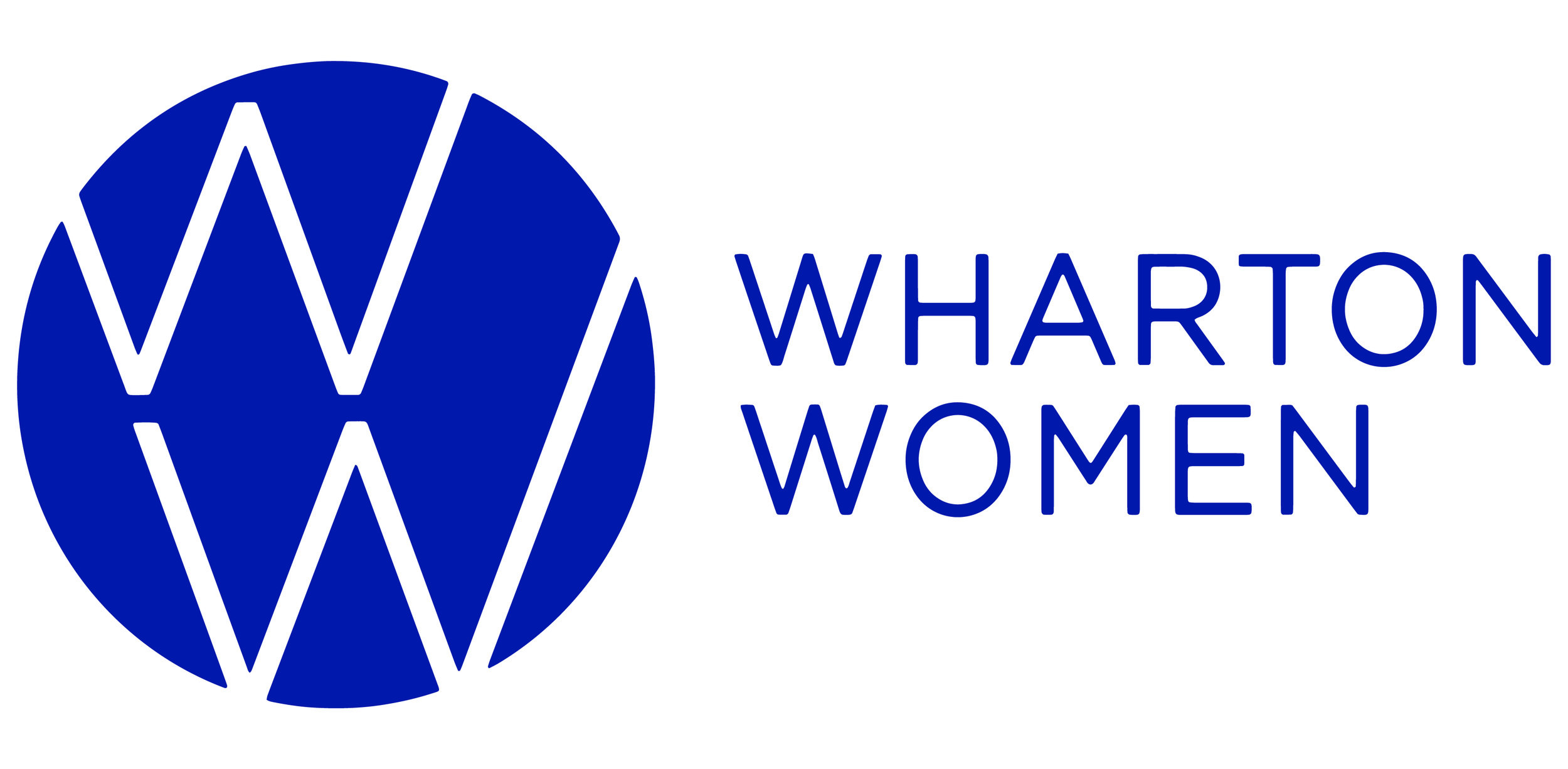How NIL is Changing Women's Athletics
Written by Anna Moehn ‘26; Edited by Valeri Guevarra ‘26
Within weeks of introducing NIL—or name, image and likeness—into college athletics in the summer of 2021, companies began swarming the top athletes with endorsements.Within months, athletes started pulling in 5-figure deals—a number that has snowballed since. These endorsements can come from a plethora of different companies, from Nike to Dr. Pepper. Now, it is much more common for high-performing athletes to make millions of dollars, with sports such as football and men’s basketball ranking as the two highest benefactors of NIL. Compensation for college athletes becoming a prominent part of the NCAA begs an important question:
What does this mean for women’s athletics?
After the passage of Title IX in 1972, women have been fighting for equal representation within athletics, and NIL is no exception. From the total funds in NIL collectives (groups of donors who compensate athletes with funding and endorsements), women only receive 34%----significantly less than their male counterparts. Additionally, few companies will specifically target females for endorsements, which widens the compensation gap further.
However, within the past year and with the help of social media, the NCAA and NIL is making great strides to emphasize the importance of equity. In 2021, TikTok highlighted the disparity between the resources given to the men’s March Madness tournament compared to the women’s. This led to a rise in popularity of women’s athletics on social media, which has paved the way for many of the brand endorsements we see now. Olivia Dunne, Suni Lee, and Caitlin Clark are some of the women making their mark with NIL, grossing over 6 million dollars combined.
NIL has also created non-monetary benefits as well. It’s allowed athletes to earn income while obtaining a degree. Before NIL, one option would have to be forgone. If an athlete chose to monetize their athletic ability and go professional (or pro) and earn income from competing, competing in collegiate athletics would no longer be an option because they would lose their “amatuer” status. For example, collegiate gymnasts have completely changed in the past few years. Most Olympic hopefuls would become professional athletes before turning 16, squandering any hopes of competing on the collegiate level and greatly diminishing the likelihood of obtaining a college degree. Now, Olympic athletes like Suni Lee, Jordan Chiles, and Katie Ledecky aren’t forced to decide between their education and sport–they get the best of both worlds.
Specifically at Penn, NIL hasn’t quite gained the traction some were hoping for. According to Alisha Werlen, a sophomore on Penn women’s gymnastic team, “it’s hard to make NIL a priority.” With our athlete’s busy class load and demanding practice schedule, there’s not enough time in the day to devote to promoting their name, image, and likeness. Moreover, the Ivy League isn’t a well-known sport’s conference, so it’s hard to obtain the necessary recognition from major companies.
As NIL rules and regulations continuously change, so will how it shapes athletics. Once banned products, such as Celsius, now sponsor NCAA’s top athletes like national champion swimmers and sisters Gretchen and Alex Walsh. Within the Ivy League, athletes hope to one day be allowed to wear their school’s emblem in NIL content they are creating– a right they don’t currently have. Hopefully, as NIL becomes a more widely welcomed concept, Ivy League athletes will be able to benefit the same way Power Five Conference athletes do.
